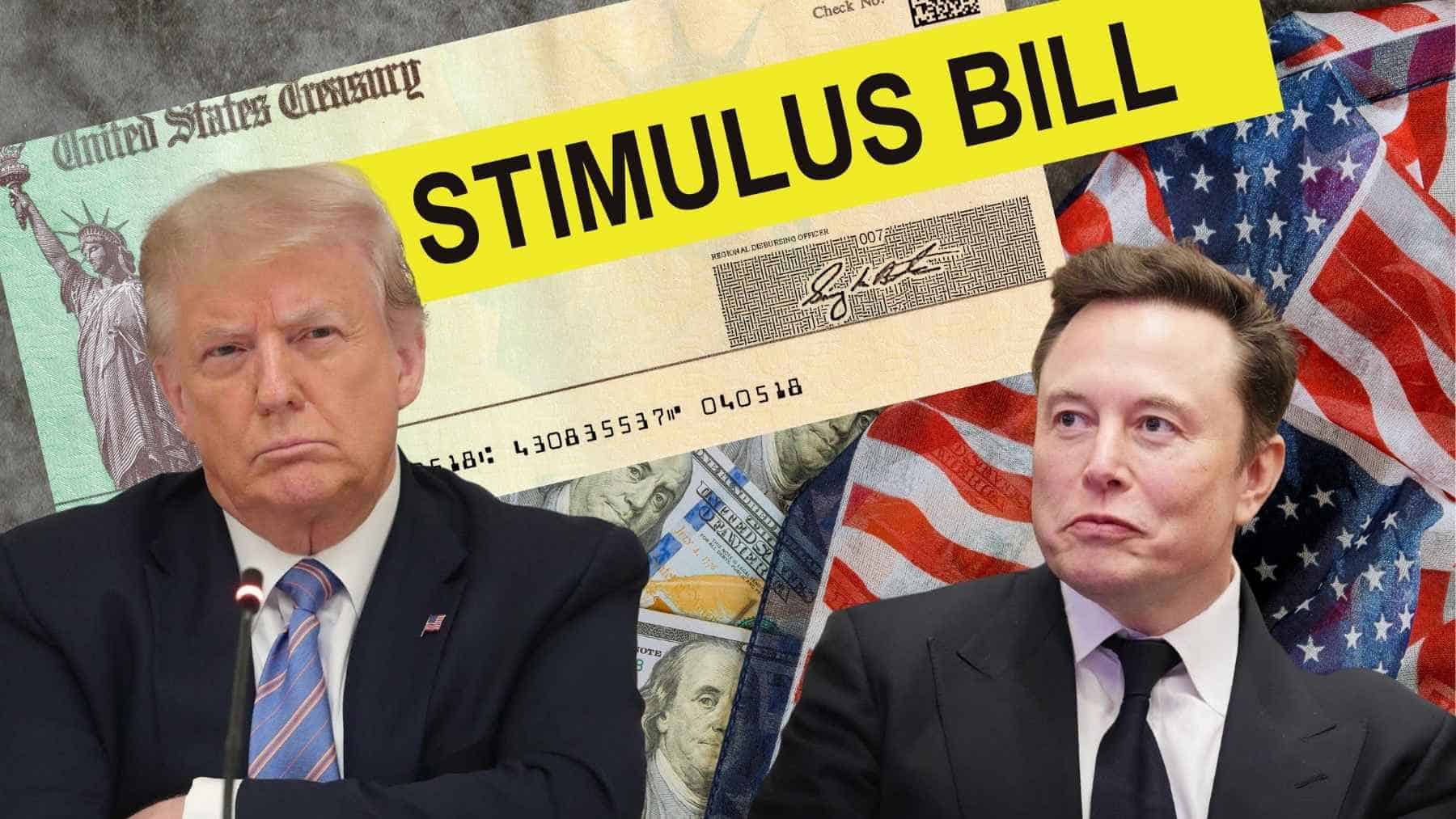When the Department of Government Efficiency (DOGE) burst onto the scene in January 2025, it arrived with a tantalizing promise to cut $2 trillion in federal spending and return some of those savings in the form of a $5,000 stimulus check per taxpaying household. This bold vision, championed by Elon Musk under President Trump’s second administration, captured the imagination of millions.
For a nation weary of economic strain, the promise of a crisp $5,000 check felt like a beacon of relief, a reward for taxpayers footing the bill for a runaway government. But as the calendar flips to March 21, 2025, that number looks less like a guarantee and more like a moving target.
Is the $5,000 stimulus check a promise built on sand?
The $5,000 figure wasn’t plucked out of thin air. It came from a proposal by James Fishback, CEO of Azoria and a DOGE advisor, who suggested that 20% of the $2 trillion in savings the department is seeking, or about $400 billion, could be redistributed to some 79 million taxpaying households. Do the math, and you end up with about $5,000 per check.
Everything changes by surprise, and the first crack in the $5,000 facade is the gap between ambition and reality. DOGE claims it has already saved $55 billion by canceling wasteful contracts and cutting inefficiencies such as unused software licenses and questionable grants. But independent analyses by outlets like NPR and Bloomberg put the real savings closer to $8.6 billion, suggesting that some figures may be inflated or misreported.
If we take the optimistic $55 billion and apply Fishback’s 20% formula, that’s only $137 per household, hardly the promised windfall. Using the more conservative $8.6 billion, it drops to just $21.50. The $5,000 dream depends on hitting the $2 trillion mark, a goal Musk himself has called a “best-case” scenario, with $1 trillion feeling more plausible. If the savings fall short, so does the money you get.
Could Congress hold the check hostage?
Even if DOGE miraculously hits its $2 trillion target, the $5,000 figure faces another hurdle – Congress. Unlike the COVID-era stimulus checks, which flowed from emergency legislation, DOGE dividend checks require lawmakers to approve the spending-a process that is mired in political quicksand.
House Speaker Mike Johnson, has been skeptical, arguing that savings should first tackle last year’s $1.8 trillion federal deficit rather than fund payouts. With some Republicans prioritizing debt reduction and Democrats wary of DOGE’s slash-and-burn tactics, bipartisan support is far from assured.
Could the 5,000 stimulus check have an impact on inflation?
Let’s say the DOGE defies the odds, secures $2 trillion, and convinces Congress to green-light $400 billion in dividends. The $5,000 figure still isn’t safe, and economists warn that flooding the economy with hundreds of billions could reignite inflation, especially with Trump’s proposed tariffs already threatening to raise prices.
During the 2021 stimulus rounds, $1,400 checks contributed to a 9.1% inflation spike – the highest in 40 years. A $5,000 injection, even if limited to tax-paying households with a higher propensity to save, risks a similar jolt. If the Federal Reserve steps in with interest rate hikes to cool things off, the real value of the money you receive could erode. A spike in inflation means your $5,000 will buy less than you hoped.
In the end, the $5,000 DOGE stimulus check, once a bold and electrifying promise, stands on shifting ground. The money you receive is not a fixed star, but a flickering possibility, subject to the vagaries of actual DOGE savings, congressional approval, economic impact, and public sentiment. It could shrink to $2,000, dwindle to $500, or disappear altogether, depending on surprises – whether it’s a shortfall in the $2 trillion target, inflationary pressures, or a shift in political priorities.
The lesson is clear: in a landscape where everything changes by surprise, holding on to a single number is a gamble. For the general public, the smartest play is to stay nimble, informed, and ready to adapt. The real payoff may not be the check itself, but the resilience you build while awaiting its uncertain arrival.

